Fire Pumps
Barry Marsden (bio)
Going back to the 1940’s and 1950’s the fire pumps were either rope or crank start. Rope start pumps could be very difficult to start when weather conditions were extremely hot, causing a pump operator to become quite flustered, to put it mildly, with the constant rewinding and pulling on the rope to get the motor to start. This problem was evident with the rope start motors on the 7HP Howard Grascos and Wisconsin GAAM pumps installed on the Bedford RLHC tankers during the 1960’s. The Howard motors would eventually become obsolete, and be replaced over time by the modified 7HP Wisconsin GAAM. (Fig.1)
During this period the FCV Fire Protection Workshop converted the 7HP Wisconsin GAAM engines to electric start by installing a ring gear assembly to the output shaft of the motor, and a starter motor to a mounting plate bolted to the engine housing. Power was provided from the Bedford tanker battery. This was the start of a program of fire equipment improvements that would greatly assist the tanker operators and fireline personnel. (Fig.2) It still took until the 1980’s to completely remove all the rope start Howard Grazcos pumps from service.
By the late 1960’s a standardisation program was underway that would allow a pump, whether it be for a small, medium or large tanker, or for quick filling, to be replaced with little effort should a failure occur.
Each pump, depending on its role, was fitted with a standardised base frame. Each large tanker and trailed water tank were fitted with a mounting frame that allowed each pump to be easily supported and locked down. Note: Slip on fire fighting assembly’s had not yet been developed. Pump connections were standardised with loose nut and tail fittings to assist a timely replacement operation.
In 1983 the 7HP Wisconsin motors were replaced by a more efficient and smooth running 10HP electric start Honda G400 petrol engine, coupled to the GAAM 30B pump. The following year the Honda G400 and a more efficient GAAM MK 100-GX pump providing greater flow and pressure was introduced. (Fig.3)
In 1994 the large tanker pumps were again upgraded to a GAAM MK125 pump close coupled to a 17.7HP Ruggerini diesel engine. Petrol powered tankers had now been replaced with diesel powered Isuzu and Mercedes vehicles, that provided an option to ensure that the Ruggerini pump would always have fuel. This was achieved by installing a sealed header tank above the Ruggerini pump, and connecting the Isuzu engine diesel return line via the header tank to the main Isuzu diesel tank. The header tank was then plumbed into the Ruggerini fuel inlet port. The diesel pump now had a constant fuel supply alleviating the necessity to continually check the pump fuel tank level. (Fig.4)
During the 1990’s the Altona Fire Equipment Centre developed a Pump Water Flow Control Mechanism for operation with the large tanker pumps. The flow control mechanism would automatically return the pump to idle when the delivery hose was shut off. This eliminated the need for a tanker operator to climb up on the deck to manually return the pump to idle. Similarly the flow control mechanism allowed the water flow to commence and increase the motor revs when the delivery hose nozzle was again turned on. The introduction of this technology reduced engine and pump damage through constant over revving, and unnecessary inline pressure on hose couplings and pump seals when the water delivery line is closed.
Considering the reliability and benefits provided by the Water Flow Control technology all 3" trolley mounted firebombing base transfer pumps were systematically upgraded. (Fig.5)
Due to the pressures provided by many of the pumps being operated from both tankers and trailer pumps, the Pacific Marine style pump was not replaced when it was auctioned off during the 1980’s. However, the ever reliable Wajax Mk3 remained a fire cache item ready to be called on should a specific need for a small transportable pressure pump arise. The Wajax Mk3 has been in circulation since the 1950’s, and through that time has undergone several upgrades to keep pace with current trends.
The smaller universal water pumps operated over the past 60 years have included the 1.5" Rex, Alcon, Alpha and Davey Firefighter pumps.
The single impellor Davey GX160 pump close coupled to a 5.5HP Honda motor has been one of the most popular small pumps operated by forestry workers during this period. They have filled the role of a utility tool for washing out culverts and camp site floors and, with an output of 450LPM, are installed as a backup pump on the large tanker fleet. There have been over 2000 Davey Firefighters fitted to the small tankers manufactured since the 1980’s. (Fig.6)
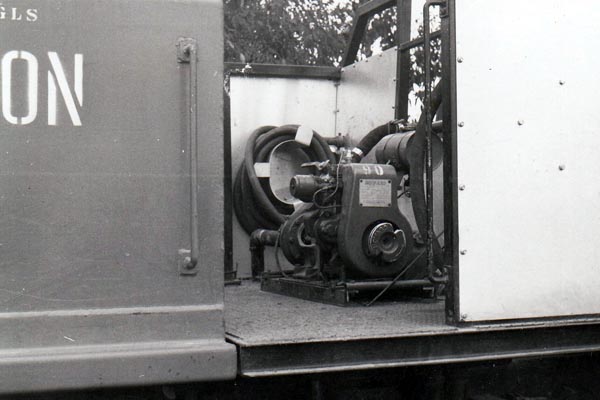
Fig.1 Fire Pump: Grazcos 30B/ 7 HP Howard L Series motor; RLHC Bedford tanker (Rope start); Delivers 80 GPM at 80 PSI; Operation - 1950s to 1970s
Source: B Marsden
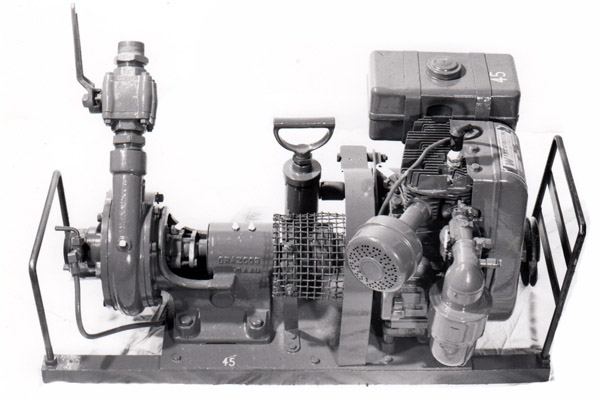
Fig.2 Fire Pump: GAAM 30B/7 HP, Wisconsin motor ( Electric start); Tanker pump; Delivers 80 GPM at 80 PSI; Operation - 1960s to 1980s
Source: B Marsden
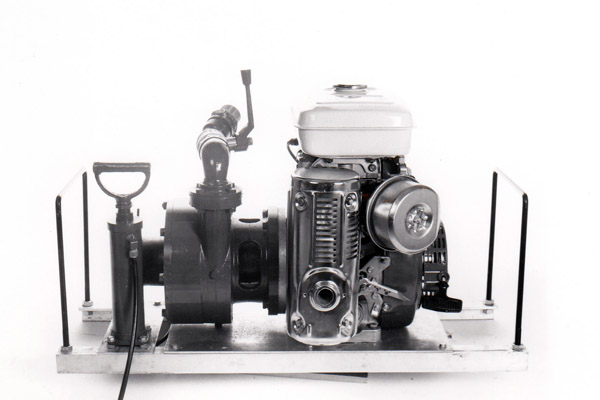
Fig.3 Fire Pump: GAAM Mk 100 GX/10 HP Honda motor; Tanker pump; Delivers - 125 GPM at 25 PSI; Operation - 1970s to 1980s
1999
Source: B Marsden
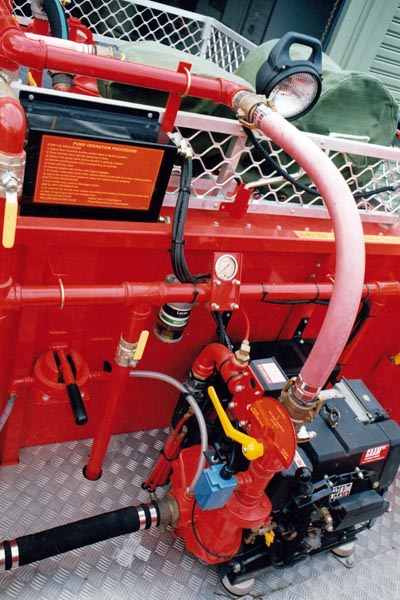
Fig.4 Fire Pump: GAAM Mk 125/Ruggerini MD191(17.7 HP) diesel engine; Main pump on Isuzu tankers; Delivers 450 LPM at 700 kPa; Operation - 1998 to 2010
1999
Source: B Marsden
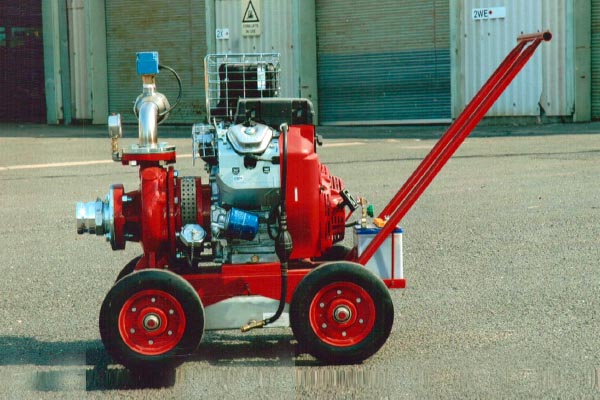
Fig.5 Fire Pump: Regent Fire Buster Mk2/20 HP Honda motor; Provides water to retardant eductor system; Delivers 640 LPM at 400 kPa; Operation - from 2006
Source: B Marsden
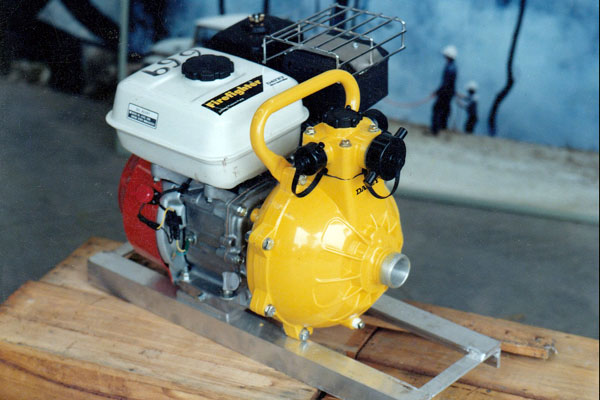
Fig.6 Fire Pump: Davey Fire Fighter 93106/5.5HP Honda GX160; Universal and slip on use; Delivers 450 LPM; Operation - 1980s
Source: B Marsden
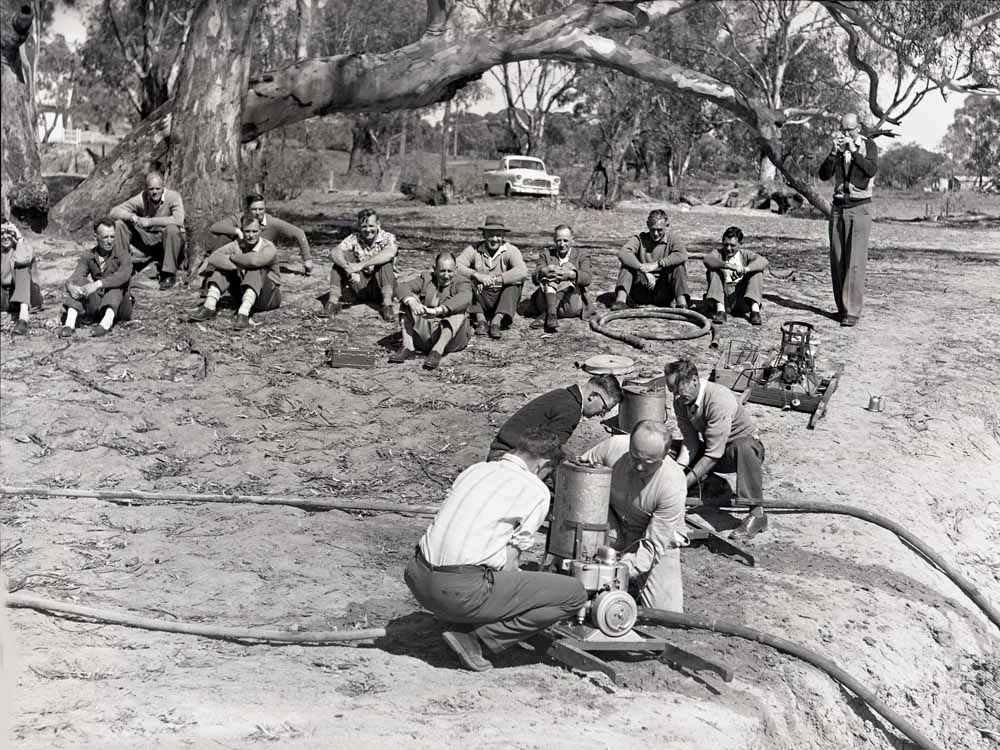
FCV pump school, Glenmaggie Weir, Heyfield FD
Val Cleary (3rd from left, front row)
26 November 1952
Source: FCRPA
Forests Commission Pump School
The Victorian Forests Commission held a pump school at the Glenmaggie Weir on Wednesday. Object of this school was to familiarise all Commission employees with the working of the different types of units used.
It was attended by all Forests Commission Officers and gangs from Heyfield and neighbouring districts.
The officer in charge of the Heyfield District, Mr Val Cleary, was in charge of the school, and representatives of Heyfield mills were invited to attend the morning session. The Newlands Lumber Co., Licola Sawmilling Co., and JW Porta and Sons were represented. The afternoon session was utilized by Commission employees to familiarise themselves with the starting and operating of the pumps.
Source: Gippsland Times, 1 December 1952